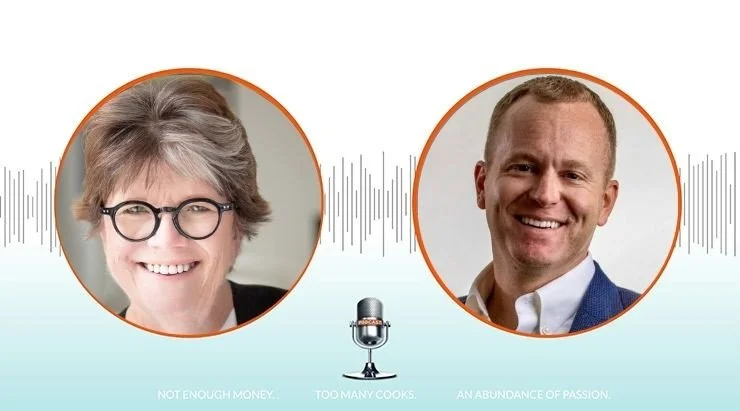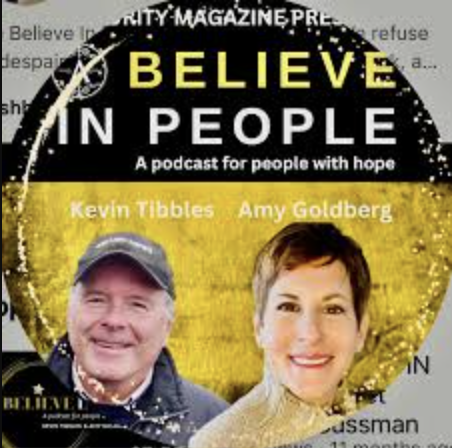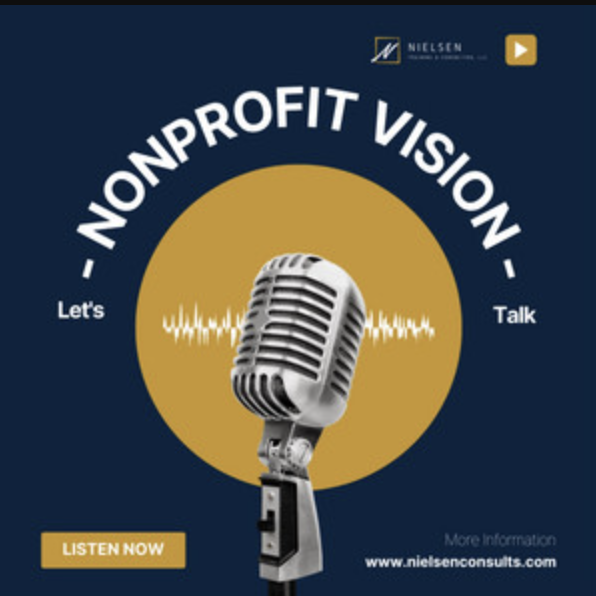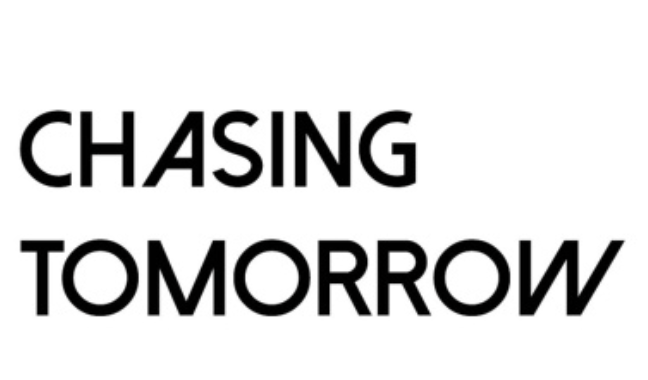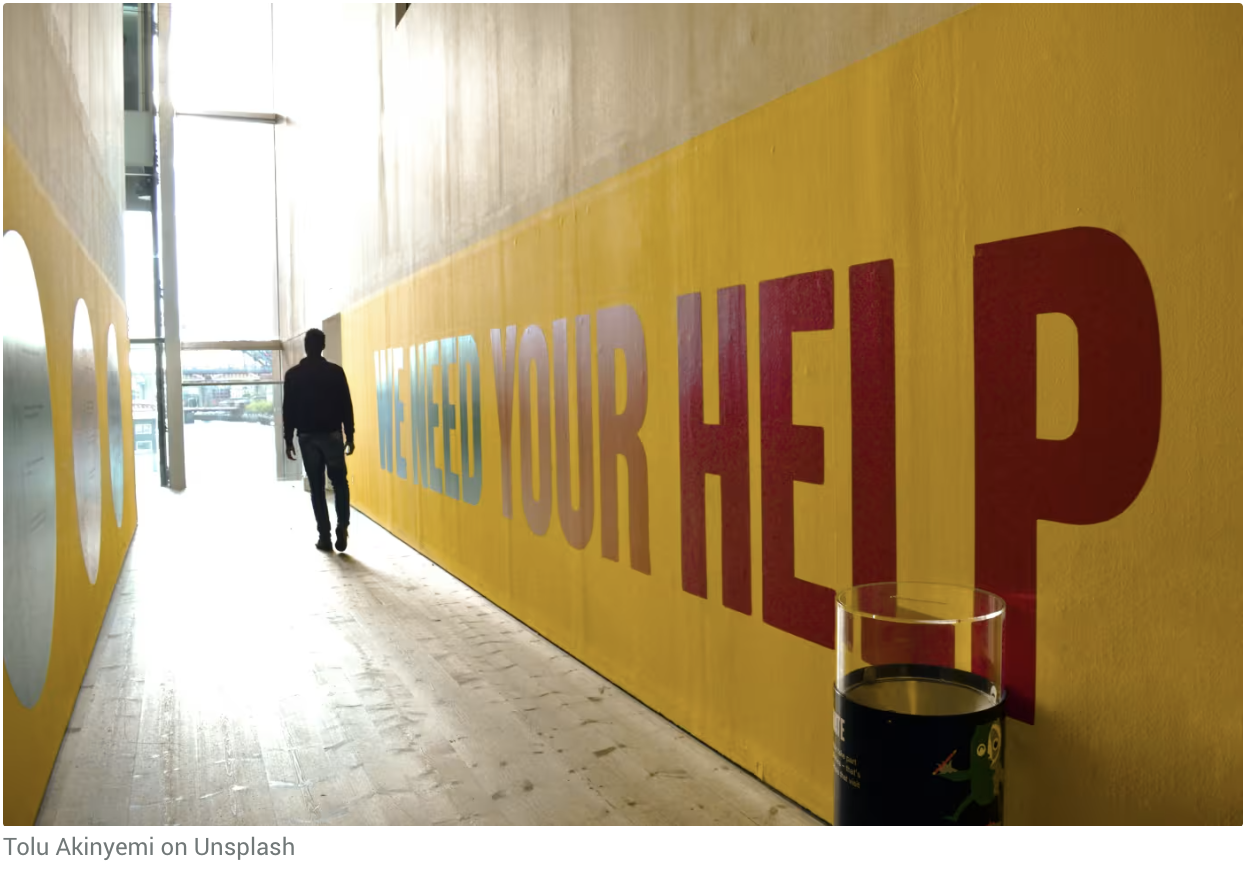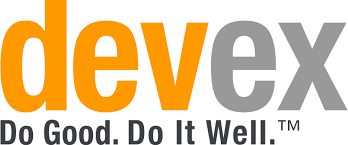The legal case threatening to upend philanthropy's DEI efforts
The outcome of a legal complaint against race-based grantmaking that is making its way through the U.S. court system could have major implications for global DEI efforts.
By Stephanie Beasley
Philanthropy leaders in the United States are closely following a legal challenge to race-based grantmaking that is working its way through the court system. At the heart of the lawsuit is the question of whether it is discriminatory to give grants to people or organizations based on their race.
In a separate case last June, the U.S. Supreme Court ruled against colleges considering applicants’ race in deciding which students to admit as part of their efforts to make admissions more equitable for Blacks and other historically marginalized groups. Now the man behind that suit has launched a similar one targeting philanthropies. The outcome has the potential to not only affect U.S. domestic nonprofits but also global grantmakers based in the U.S. — such as the Ford Foundation and the William and Flora Hewlett Foundation — whose programs support marginalized groups abroad.
A ruling that race-based grantmaking is discriminatory could reverse much of the progress philanthropy has made in recent decades especially after the global racial reckoning of 2020, according to advocates for diversity, equity, and inclusion, or DEI.
“If this lawsuit were successful, it would undermine the rights of individuals and organizations to give to equity and justice in race-conscious and race-based ways,” said Kathleen Enright, president and CEO of the Council on Foundations, or COF, a trade group representing the U.S. philanthropy sector that has publicly supported race-based grantmaking.
“And our emphatic belief is that philanthropy is enriched, communities are enriched when people give in ways that support their values,” she told Devex.
However, some conservative groups have questioned using race as a basis for deciding who should have access to certain opportunities for jobs, education, and other resources. They say the practice is unfair to those outside of specific racial groups.
This case is an example of how U.S. domestic culture wars over race are affecting foreign aid and even private philanthropy. Tens of millions of philanthropy dollars are at stake both in the U.S. and globally.
Questions about discrimination
The case centers on the Atlanta-based Fearless Fund venture capital firm and its foundation. The group is subject to a lawsuit filed in August by the American Alliance for Equal Rights, or AAER, a nonprofit organization run by conservative legal strategist Edward Blum.
Fearless Fund provides grants to Black women entrepreneurs. In the complaint, filed in the U.S. District Court for the Northern District of Georgia, the alliance argues that Fearless Fund’s “Fearless Strivers Grant Contest,” which awards $20,000 to winning applicants, violates Section 1981 of the Civil Rights Act of 1866 prohibiting racial discrimination in contracts. The nearly 160- year-old law was enacted in the aftermath of the U.S. Civil War to prevent discrimination against African Americans, most of whom were newly emancipated from slavery.
“Fearless Fund’s explicit racial exclusion in making contracts flaunts section 1981,” AAER said in its complaint, adding that its own members “are being excluded from the program because they are the wrong race.”
Arguments in the case were presented to a three-judge panel last week. A ruling is due in the coming weeks.
If the court decides race-based grants aren’t discriminatory then it should be “business as usual” for philanthropy, said Scott Curran, a U.S.-based lawyer and the founder of the Beyond Advisers consultancy firm for nonprofits.
“I don’t think that’s actually going to stop these efforts,” he said, referring to conservative efforts to go after DEI. “I think we’ll see another bite at the apple.”
However, if the court rules in favor of the alliance, then funders would have no choice but to eliminate such grants, Curran added. And if more of these cases arise, the issue could eventually end up back before the Supreme Court, he said.
Some foundations have already started discussing what changes they might need to make if race-based
grantmaking is deemed illegal, said Elisha Smith Arrillaga, vice president and manager at the Center for Effective Philanthropy, a U.S.-based nonprofit that provides philanthropy research and advisory services to donors.
CEP collected data on 280 U.S.-based foundations between September and November of last year, including their responses to the Supreme Court’s race-based admissions decision. More than half of respondents said they’d had or planned to have internal discussions about the future of their DEI programs, Smith Arrillaga said. Many of these funders also hosted discussions with grantees and consulted with attorneys.
CEP plans to release its survey findings later this month.
Philanthropy’s response
The philanthropy sector isn’t just waiting to see what the court decides — they’re also trying to fight back. In December, COF and fellow nonprofit trade group Independent Sector filed an amicus, or “friend-of-the-court” brief, supporting the Fearless Fund. Amicus briefs are written documents submitted by individuals or groups not directly involved in a legal case that want to offer expertise or insight to help the court make its decision.
In the brief, the groups argue that grantmaking is an expression of free speech, which is protected under the U.S. Constitution. AAER’s lawsuit is an attempt to “chill” free speech and “express an ideal by donating to a community or cause,” the groups said.
“We are always going to protect the way for philanthropies to give in a race-conscious way,” COF’s Enright told Devex.
She called the lawsuit “frivolous” and said it was disheartening to see it follow expanded efforts to support Black people and members of other marginalized or historically oppressed groups.
Some people may have felt threatened by that because they “support the status quo and don’t want change,” she said.
COF also issued a public statement signed by more than 200 nonprofit organizations, including the Ford Foundation, the Global Fund for Women, Imaginable Futures, Omidyar Network, and the Rockefeller Foundation.
Some of these organizations lead race- or equity-based work in the global south. Imaginable Futures, which was part of the Omidyar Network created by eBay founder Pierre Omidyar and his wife Pam until 2020, provides grants to Black-led groups in Brazil, for example.
The Hewlett Foundation, which was not a signatory to COF’s statement, also has advocated for maintaining race-based grants. The $13 billion, California-based foundation has a $150 million racial justice strategy that distributes grants worldwide, including in the global south.
“This is long-term work,” Elizabeth Peters, Hewlett’s interim president, said.
The foundation structured its racial justice strategy as a decade-long strategy, “knowing that progress can face pushback,” she added.
Another view
However, other key players in U.S. philanthropy disagree with the race-based approach to grantmaking.
Following the Supreme Court’s college admissions ruling last year, the conservative-leaning trade group Philanthropy Roundtable issued a statement in support of removing race from consideration in philanthropy.
“Throughout the philanthropic landscape, the clear takeaway is that the Supreme Court has sent a strong signal: stop discriminating based on race.”
“More importantly, the Court’s decision highlighted the need to treat individuals as unique people with unique perspectives, values and experiences,” the group added.
Philanthropy Roundtable created its own framework for philanthropic diversity programs, called True Diversity. Among its guiding principles is the belief that “each person is a unique individual worthy of dignity and respect” and that donors shouldn’t assume they know the best way to support them “based on how they look.”
In August, the group also published a True Diversity toolkit for philanthropists that discusses the implications of the Supreme Court’s ruling on the philanthropy sector. It was written by attorney Jonathan Berry, who was head of the regulatory office at the U.S. Department of Labor under former President Donald Trump.
The Supreme Court’s decision on race-based admissions “is at the minimum a clear warning that simply reciting ‘diversity’ is no excuse for racial discrimination,” Berry wrote.
Philanthropy Roundtable did not respond to a request for comment.
What’s next
Regardless of the outcome of this particular case, legal and philanthropy experts don’t expect it will put an end to the issue of race-based grantmaking.
And if the nation’s highest court takes up the issue, Curran said, its decision would set a standard for how U.S.-based grantmakers can distribute equity-focused funding abroad.
It’s important to keep in mind that the pendulum on issues like affirmative action can swing in either direction over the years, Curran said.
“I think the goal, in my view, is to have the pendulum not swing wildly, but to have it steady,” he said. “And that’s where those clear boundaries are so helpful.”
“And that’s what this case law is going to tell us is what the boundaries are now and as we go forward,” Curran added.
Smaller nonprofits, in particular, could struggle to contend with legal challenges over DEI programs because they have less money available to them, he said. This could mean restructuring their programs and dropping language that specifically refers to race.
Some donors are already doing that, Curran said. In the U.S., nonprofits are targeting communities based on their zip code, or their specific neighborhoods and communities rather than making race part of their consideration for grant funding. Internationally, some funders might soon start using country boundaries or certain cities as a proxy for race. The goal of all of this would be to reach the same people without violating U.S. anti-discrimination laws, Curran said.
However, there is concern that some of these changes could dilute the intent and potential impact of DEI programs.
It feels like philanthropy and other sectors are being forced to “rewind the time machine” when it comes to the terminology that can be used without legal challenge or public backlash, said Mae Hong, a vice president at Rockefeller Philanthropy Advisors’ Chicago office.
It took decades for conversations to evolve past the simple concepts of tolerating marginalized groups to concepts such as promoting anti-racism and inclusion, she said. Now people are “having a very strong allergic reaction” to such words, and that’s concerning, Hong said.
“There’s been a widening continuum about the vocabulary of what it is we’re actually aiming for, and that is being rolled back,” she said.


